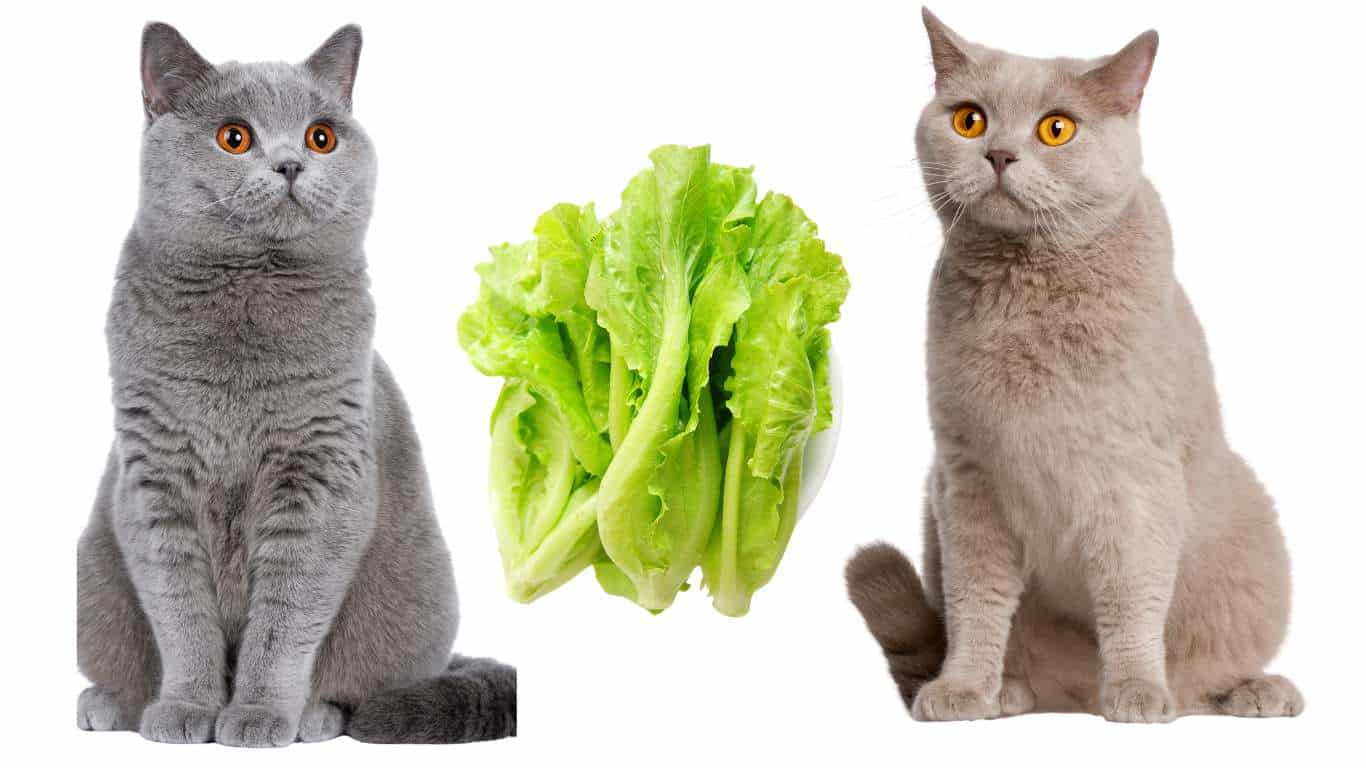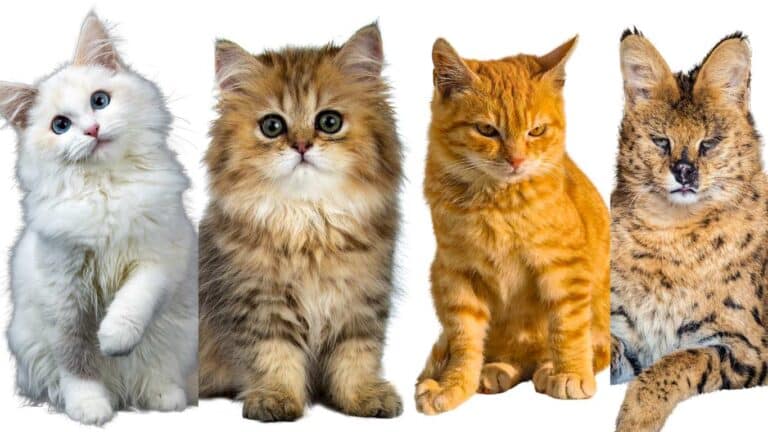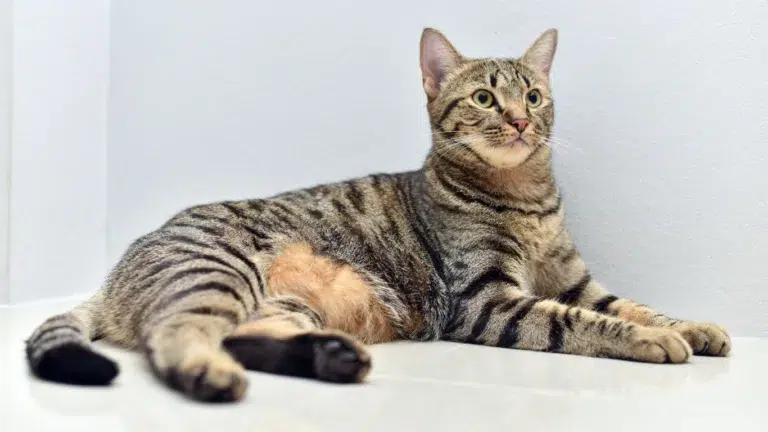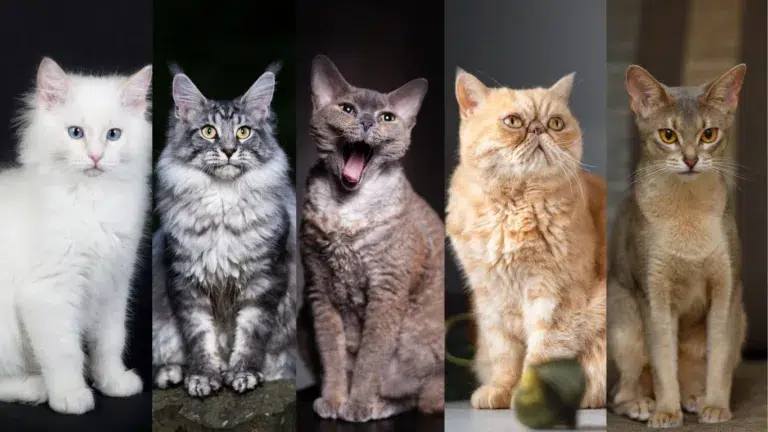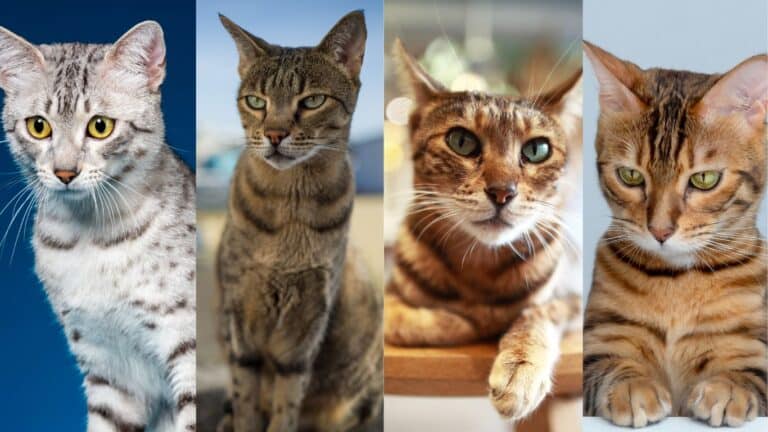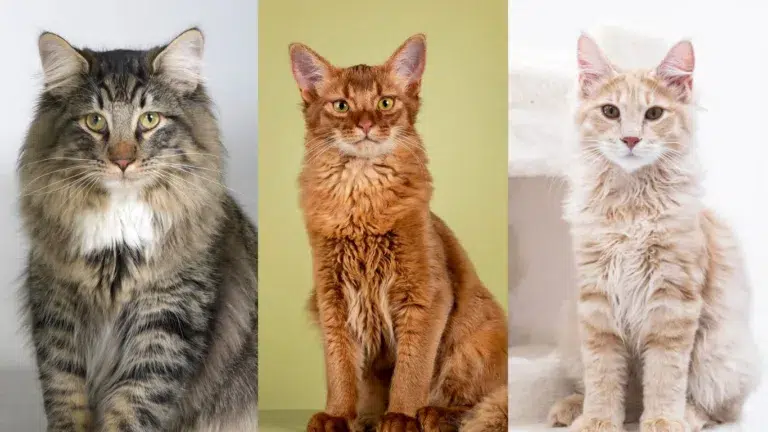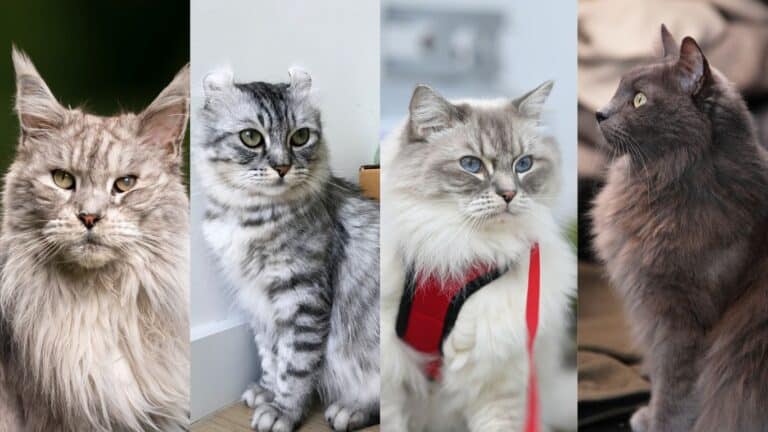Curiosity often strikes when it comes to our pets’ diets, and as a cat owner, you may have wondered whether your feline friend can enjoy the benefits of lettuce. After all, with its crisp and refreshing nature, lettuce seems like a potential addition to their meals. Can cats eat lettuce? In this article, we’ll delve into the world of feline diets and explore whether cats can safely consume lettuce and derive any nutritional benefits from it.
Cats are known as obligate carnivores, which means their bodies are designed to thrive on a diet primarily made up of meat. Their nutritional needs include high levels of protein and essential nutrients that are typically found in animal sources. Understanding these unique dietary requirements is crucial when considering the addition of non-meat items, like lettuce, to their meals.
When it comes to lettuce, it is generally safe for cats to eat in small quantities. Lettuce is a low-calorie and hydrating vegetable that can provide some additional nutrients to a cat’s diet. However, it’s important to consider the potential risks associated with feeding lettuce to cats, such as digestive upset or choking hazards. Lettuce should always be prepared properly and given in moderation, treating it as a special delight rather than a main course.
While lettuce may not be a necessary part of a cat’s diet, it does offer some potential benefits. Lettuce is rich in water content, which can help with hydration. It also contains small amounts of vitamins and minerals that may contribute to a cat’s overall health. Yet, there are other leafy greens that are more suitable and beneficial for feline consumption, providing higher levels of essential nutrients.
Purr-Fect Insights:
Should you decide to introduce greens into your cat’s diet, it’s essential to do so gradually and observe their reactions. Cats may have individual preferences when it comes to taste and texture, so monitoring their response and adjusting accordingly is crucial. Remember, greens like lettuce should be considered supplemental treats rather than a significant portion of the diet.
Keep in mind that while lettuce and other greens can be safe for cats in moderation, there are potential risks to consider. Cats may have allergies or sensitivities to certain greens, leading to digestive issues or other adverse reactions. If you have any concerns or notice any negative effects, consult with a veterinarian for personalized advice on your cat’s diet.
A balanced diet is vital for cats’ overall health and well-being. While the addition of greens like lettuce can provide some benefits, they should not replace a high-quality, balanced cat food that meets their specific nutritional requirements. Greens should be seen as a delightful bonus rather than a dietary staple for our feline companions.
Understanding Feline Diets: Obligate Carnivores and Nutritional Needs
Cats are fascinating creatures with unique dietary requirements. Unlike humans and some other animals, cats are obligate carnivores. This means that their bodies are designed to thrive on a diet primarily made up of meat. Feeding them a diet that mimics their natural prey can help ensure their optimal health and well-being.
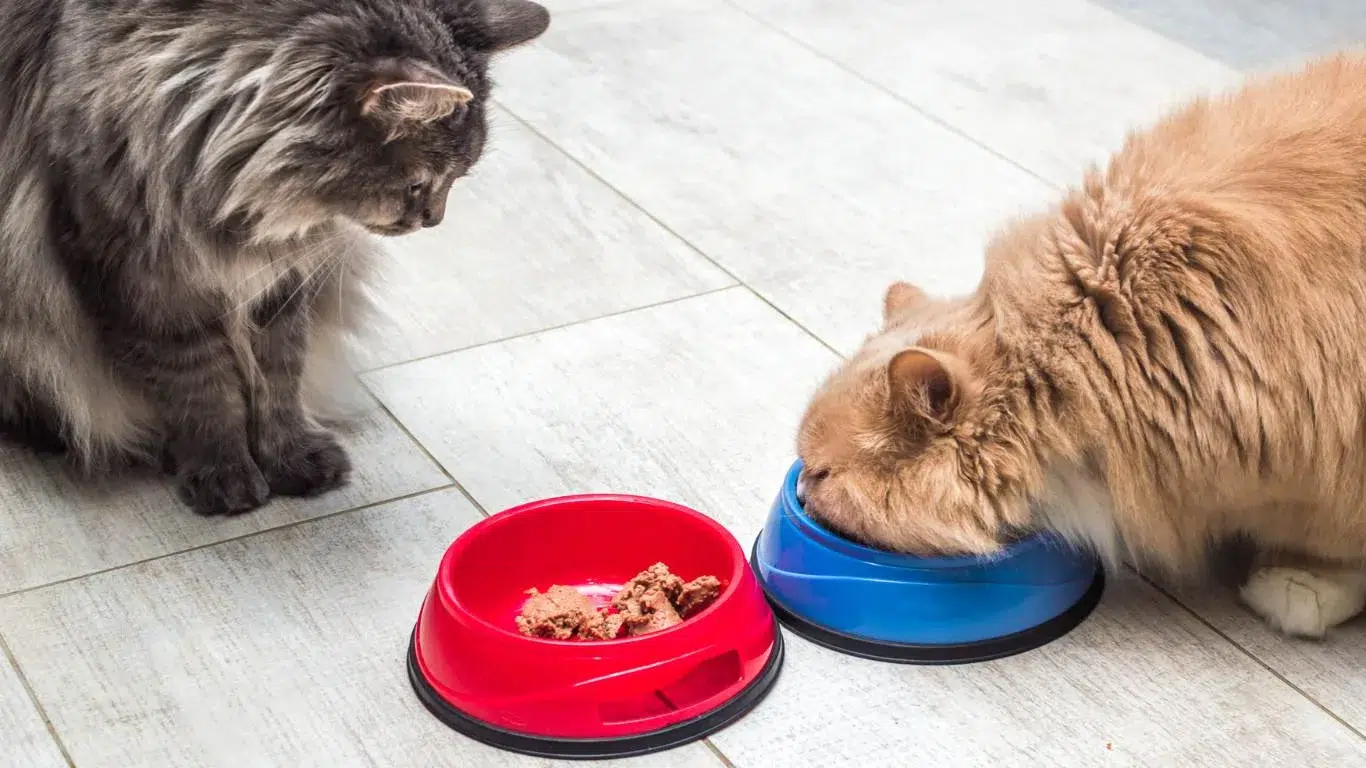
As obligate carnivores, cats have specific nutritional needs that are essential for their overall health. Their diet should consist of high levels of protein and vital nutrients that are predominantly found in animal sources. These include amino acids like taurine and arachidonic acid, as well as vitamins and minerals.
Protein: Protein is a crucial component of a cat’s diet as it provides essential amino acids for their growth, maintenance, and repair of body tissues. Without sufficient protein intake, cats can develop health issues such as muscle wasting and weakened immune function.
Taurine: Taurine is an amino acid that cats require in their diet as they cannot produce it in adequate amounts on their own. It plays a critical role in maintaining healthy heart function, vision, and reproductive health.
Arachidonic Acid: Arachidonic acid is an omega-6 fatty acid that cats need for maintaining healthy skin, coat, and overall immune function. It is predominantly found in animal fats and is essential for their well-being.
While it’s important to understand cats’ nutritional needs, it does not mean that their diet is limited exclusively to meat. Some cat owners may wonder whether their feline companions can benefit from incorporating non-meat items like lettuce into their meals. Let’s explore this further.
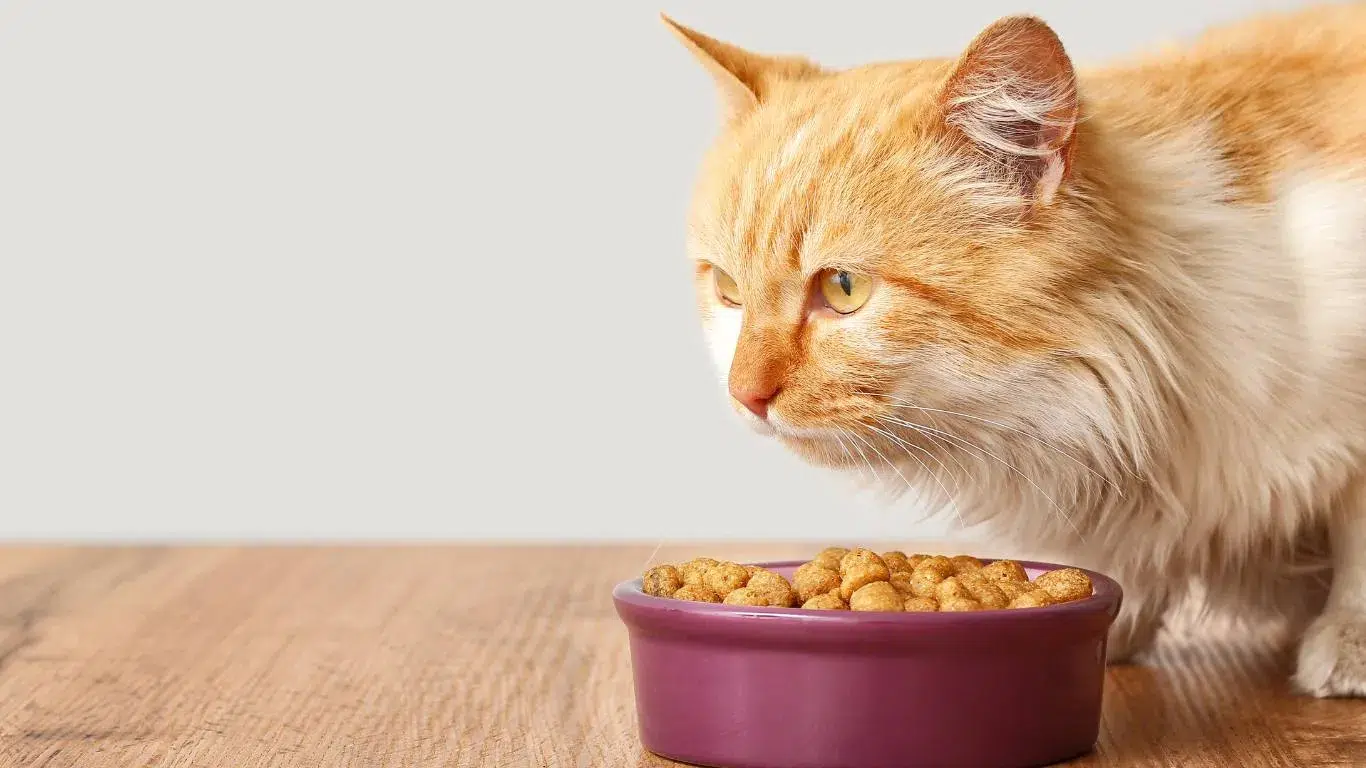
Importance of Animal Sources in a Cat’s Diet
Animal sources are crucial in a cat’s diet due to their nutritional composition. They provide the essential nutrients that cats require for their growth, development, and overall health. Unlike humans and some omnivorous animals, cats have specific dietary needs that can only be met through animal-based proteins.
“Feeding cats a diet that lacks sufficient animal sources can result in nutrient deficiencies that can have detrimental effects on their health,” explains Dr. Samantha Miller, a veterinarian specializing in feline nutrition.
Cats have specific dietary requirements for certain nutrients such as taurine, arachidonic acid, and vitamin A, which are only found in animal tissues. These nutrients are crucial for maintaining their cellular function, vision, and overall well-being. Providing plant-based alternatives like lettuce cannot adequately fulfill these requirements.
“To ensure that your cat receives the proper nutrition, it’s best to stick to a diet that includes high-quality animal-based proteins.”
As Dr. Miller advises
The Role of Lettuce in a Cat’s Diet
While cats’ primary nutritional needs are met through animal sources, some owners may wish to introduce small amounts of non-meat items like lettuce into their cats’ meals. Lettuce is a low-calorie vegetable that contains a significant amount of water, making it a hydrating addition to their diet. However, it is important to note that lettuce should be given in moderation and as a treat rather than a staple food.
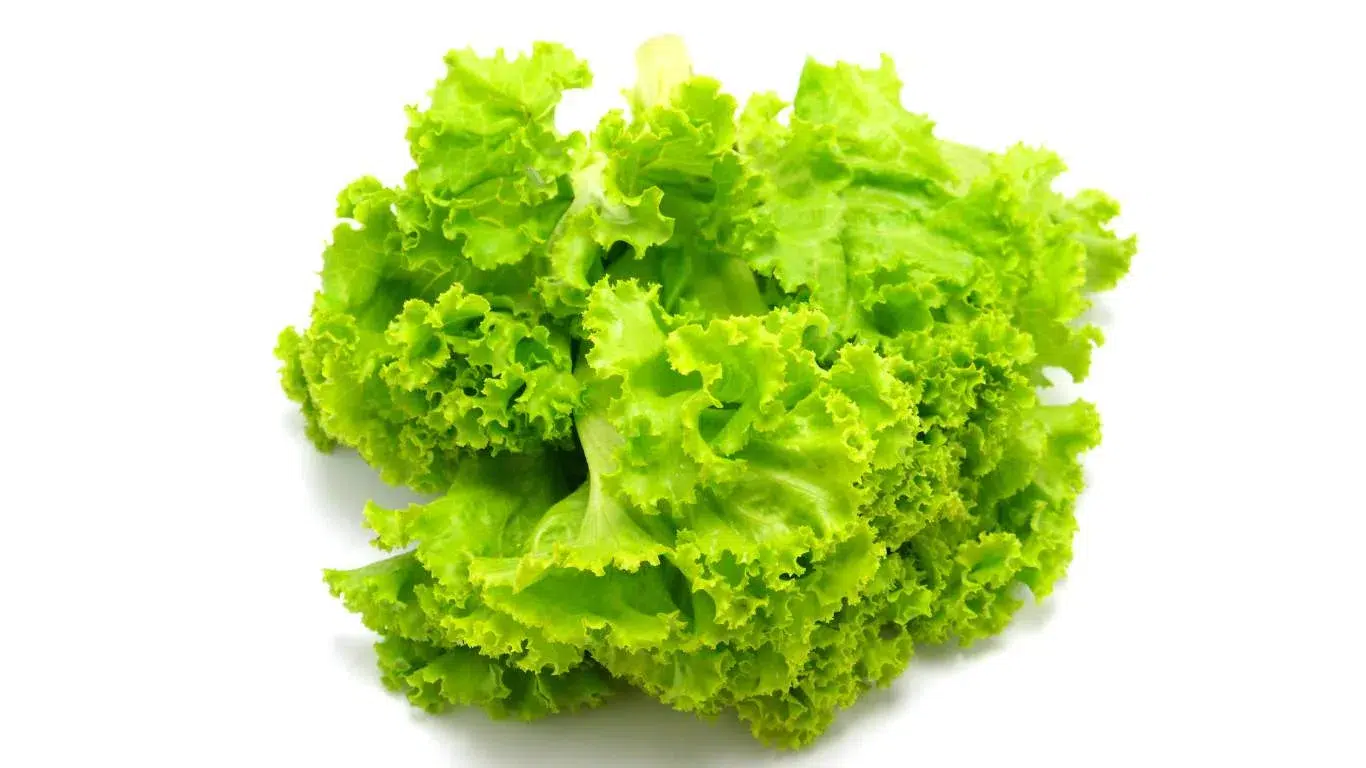
Let’s get a better understanding of the role lettuce plays in a cat’s diet. Here are some key points to consider:
- Lettuce is safe for cats but should only be given in small quantities.
- It can provide some additional nutrients, including small amounts of vitamins A and C.
- Lettuce can be offered as a crunchy treat or mixed with their regular food.
- Make sure to wash the lettuce thoroughly to remove any harmful residues or pesticides.
- Monitor your cat’s digestion when introducing lettuce and discontinue if any adverse reactions occur.
Lettuce can be a refreshing and occasional addition to a cat’s diet, providing some variety and hydration. However, it should not replace the nutritional benefits derived from animal-based proteins.
Dr. Miller advises, “If you are considering including lettuce or other non-meat items in your cat’s diet, it’s important to consult with a veterinarian to ensure that your cat’s nutritional needs are being met.”
Is Lettuce Safe for Cats?
Lettuce can be a safe addition to your cat’s diet when fed in moderation. As a low-calorie and hydrating vegetable, lettuce can offer some nutritional benefits to your feline friend. However, it is important to be aware of the potential risks involved and take necessary precautions.
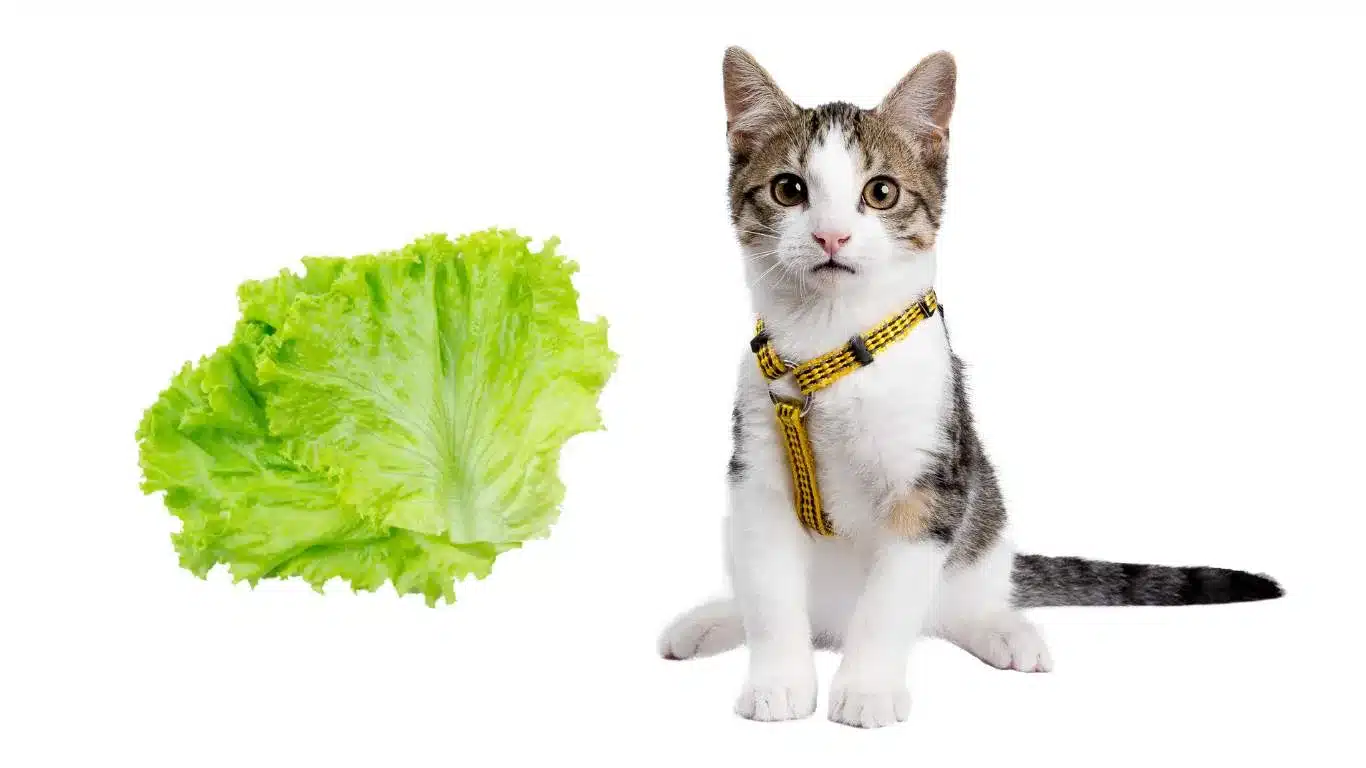
Feeding lettuce to cats:
Feeding lettuce to cats can provide them with a refreshing treat and variety in their diet. However, it should never replace their main source of nutrition, which should come from a balanced cat food.
When giving your cat lettuce, it is crucial to prepare it properly. Rinse the leaves thoroughly to remove any dirt or pesticides that may be present. Chop the lettuce into small, manageable pieces to prevent choking hazards. Remember, cats have different preferences when it comes to food, so it’s best to introduce lettuce gradually and observe their response.
Potential risks:
While lettuce is generally safe for cats, it is essential to be aware of potential risks. Some cats may have sensitivities or allergies to lettuce, leading to digestive upset or other adverse reactions. If you notice any unusual symptoms after feeding your cat lettuce, consult with your veterinarian.
Lettuce alternatives:
If you’re looking to incorporate leafy greens into your cat’s diet, there are alternative options that may be more suitable and beneficial. Spinach and kale are examples of cat-friendly greens that provide higher levels of essential nutrients than lettuce.
Let’s explore the nutritional content of lettuce for cats:
| Nutrient | Amount in Lettuce |
|---|---|
| Water | Approximately 95% |
| Vitamin A | Low amounts |
| Vitamin C | Low amounts |
| Fiber | Low amounts |
Note: The nutritional values mentioned may vary depending on the specific type of lettuce.
Remember, a balanced diet is essential for your cat’s overall health and well-being. Lettuce should be given as an occasional treat rather than a staple food. If you have any concerns about feeding lettuce or any other food to your cat, consult with a veterinarian for guidance tailored to your cat’s specific needs.
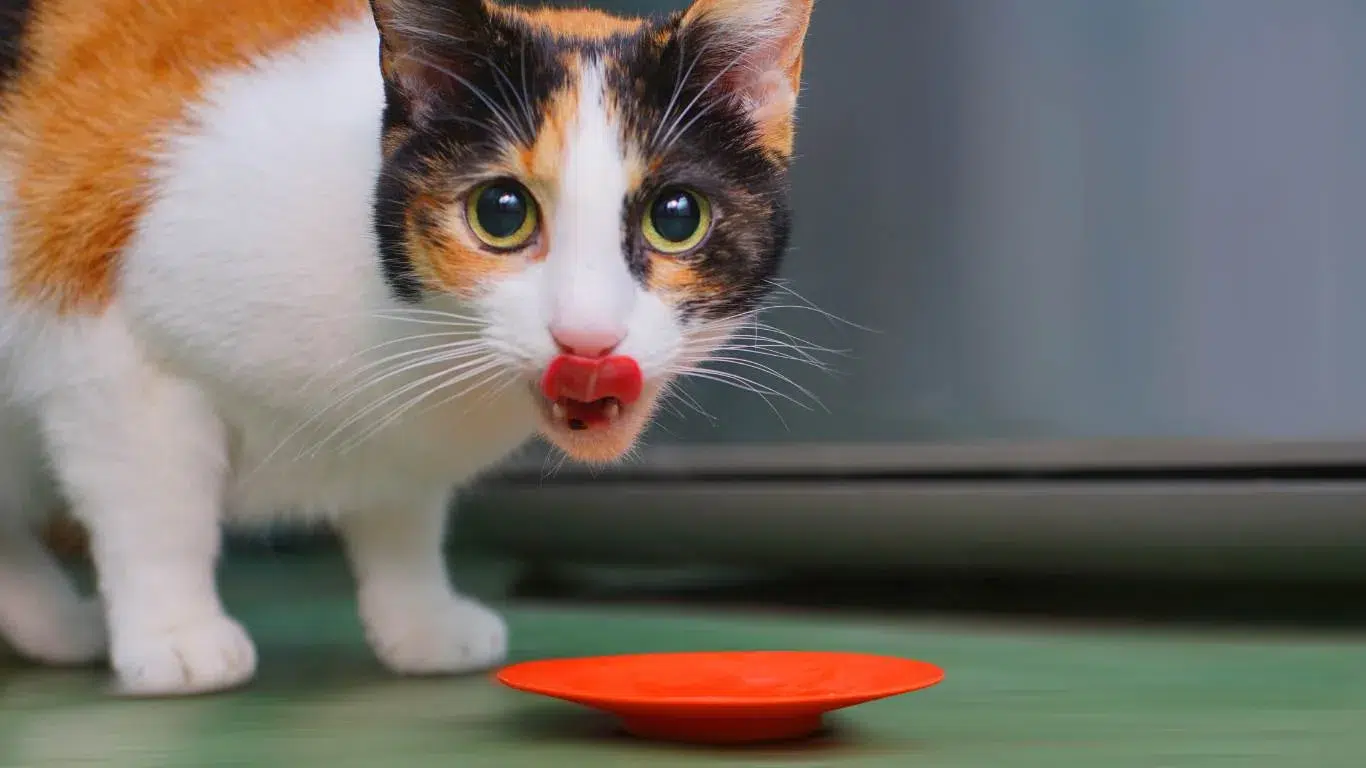
The Benefits of Lettuce for Cats
While lettuce may not be a necessary part of a cat’s diet, it does offer some potential benefits. Lettuce is rich in water content, which can help with hydration. It also contains small amounts of vitamins and minerals that may contribute to a cat’s overall health.
However, it’s important to note that these benefits can also be obtained from other, more cat-friendly greens that are higher in nutritional value. Lettuce alone may not provide all the necessary nutrients that cats require for optimal health.
Comparison of Nutritional Content: Lettuce vs. Other Cat-Friendly Greens
| Greens | Vitamin A | Vitamin C | Vitamin K | Calcium |
|---|---|---|---|---|
| Lettuce | Low | Low | Low | Low |
| Spinach | High | Moderate | High | Moderate |
| Kale | High | Moderate | High | Moderate |
Note: The nutritional content can vary depending on the variety, cultivation methods, and preparation of the greens. Always consult with a veterinarian before introducing new foods to your cat’s diet.
Cat-Friendly Greens: Alternatives to Lettuce
While lettuce can be an occasional addition to a cat’s diet, there are other leafy greens that are more suitable and beneficial for feline consumption. Cat-friendly greens such as spinach, kale, and wheatgrass provide higher levels of essential nutrients for your furry friend. These greens should still be given in moderation and prepared properly to ensure they are safe for cats to eat.

Spinach is a nutrient-rich green that offers vitamins A, C, and K, as well as iron and fiber. It can be a great addition to your cat’s diet when cooked or steamed and served in small, bite-sized pieces.
Kale is another nutritious green that is packed with vitamins and minerals. Rich in antioxidants and fiber, kale can promote a healthy digestive system for your cat. It can be served raw or lightly steamed, but be sure to remove the tough stems before feeding it to your cat.
Wheatgrass is a popular choice among cat owners as it provides essential nutrients and acts as a natural digestive aid for cats. It is best served in small quantities and can be grown at home for easy access. Just be cautious of any potential allergies or sensitivities your cat may have.
| Green | Nutrients | Preparation |
|---|---|---|
| Spinach | Vitamins A, C, K Iron, Fiber | Cooked or steamed Small, bite-sized pieces |
| Kale | Vitamins, minerals Antioxidants, Fiber | Raw or lightly steamed Remove tough stems |
| Wheatgrass | Essential nutrients Digestive aid | Small quantities Grown at home |
Remember, introducing greens to your cat’s diet should be done gradually and in small amounts. Monitor their response and adjust accordingly. While these cat-friendly greens offer additional nutritional benefits, they should not replace a balanced cat diet consisting primarily of high-quality, carnivorous food.
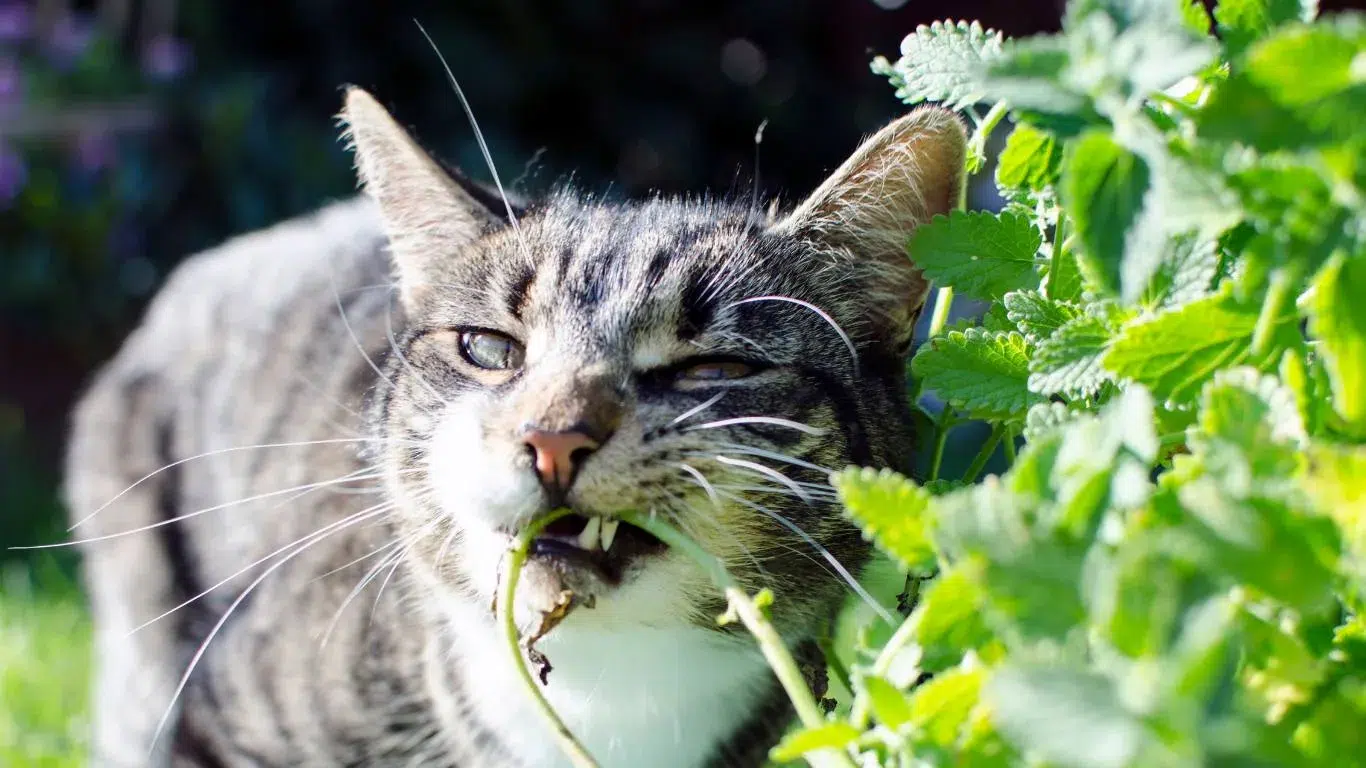
Introducing Greens to Your Cat’s Diet
When it comes to introducing greens to your cat’s diet, it’s important to proceed gradually and in small quantities. Every cat has unique preferences when it comes to taste and texture, so it’s crucial to observe their reactions and make adjustments accordingly. One green option to consider is lettuce, which can be mixed into your cat’s regular food or offered as a separate treat.
Lettuce, with its hydrating and low-calorie properties, can be a refreshing addition to your cat’s meal. However, keep in mind that not all cats will enjoy lettuce. Some may prefer alternative greens with different flavors and textures. It’s recommended to explore a variety of cat-friendly greens to find the best fit for your feline companion.
When introducing lettuce or any other greens, monitor your cat’s response closely. If they show signs of digestive upset or disinterest, it may be necessary to try different options. Remember, the goal is to ensure that your cat tolerates and enjoys the new addition to their diet.
Here are some tips for introducing greens to your cat’s diet:
- Start with small amounts: Begin by offering a small piece of lettuce or other greens to see how your cat responds. If they enjoy it and show no negative effects, you can gradually increase the portion over time.
- Mix it with their regular food: To enhance acceptance, mix finely chopped lettuce or other greens with your cat’s regular food. This way, they can get accustomed to the new taste and texture without drastic changes to their meal.
- Offer it as a separate treat: If your cat shows a particular interest in lettuce or other greens, you can offer it as a standalone treat. This can be a fun and interactive way to introduce new foods and add variety to their diet.
Remember that not all cats will have the same level of enthusiasm for greens. Some may prefer meat-centric diets, while others may enjoy the occasional leafy addition. It’s important to respect your cat’s individual preferences and dietary needs.
“Introducing greens to your cat’s diet can be a rewarding experience. Just like humans, cats can benefit from a diverse and balanced diet that includes nutritious greens.”
– Dr. Emily Carter, Veterinarian
If you’re unsure about which greens might be suitable for your cat, consult with your veterinarian for personalized advice. They can provide guidance based on your cat’s specific needs and help you navigate the world of feline nutrition.
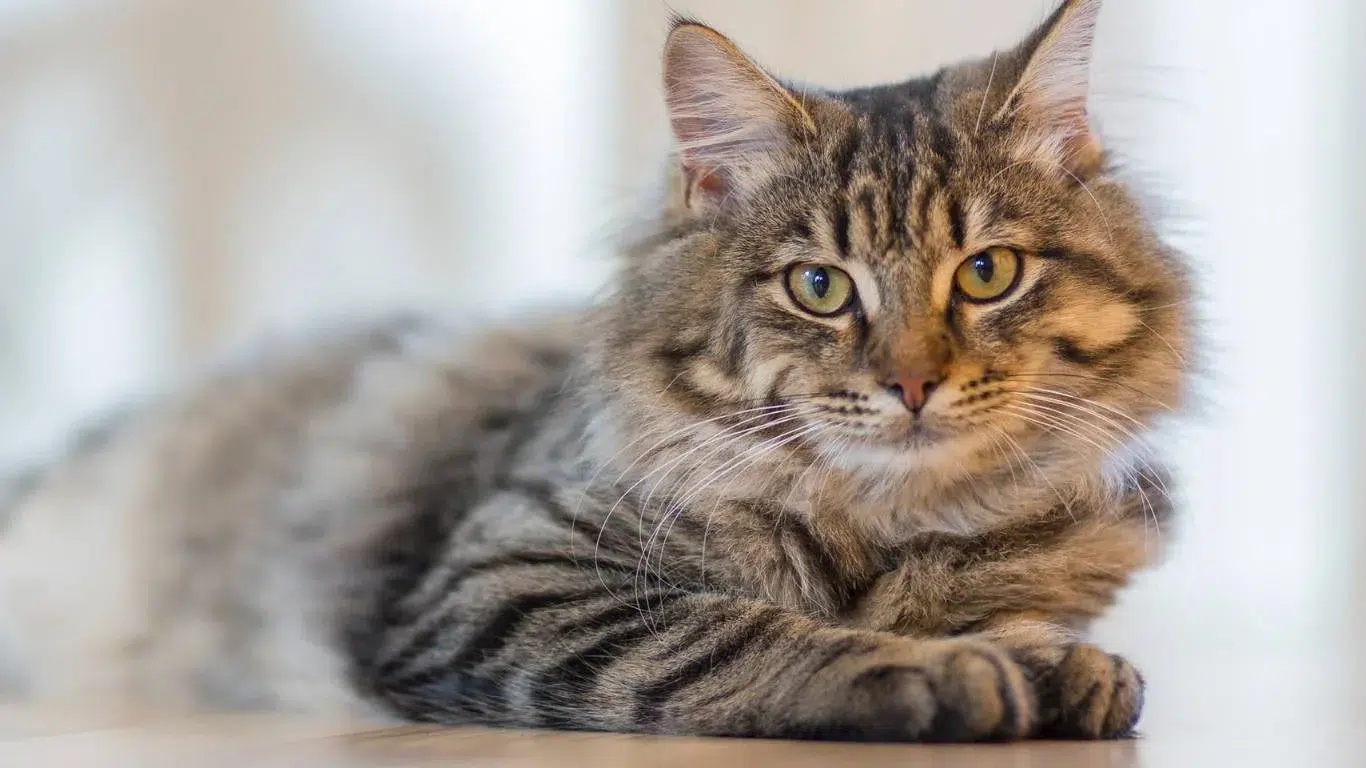
Potential Risks and Considerations
While it is generally safe to feed lettuce and other greens to cats in moderation, there are potential risks and considerations to keep in mind. Cats, just like humans, can have allergies or sensitivities to certain types of food, including certain greens. This can lead to digestive issues or other adverse reactions. Therefore, it’s important to be aware of your cat’s individual response when introducing lettuce or other greens into their diet.
If you notice any signs of discomfort, such as vomiting, diarrhea, or changes in appetite or behavior after feeding your cat lettuce, it’s crucial to consult with a veterinarian. They can provide guidance and help determine if there are any underlying allergies or sensitivities that need to be addressed.
Additionally, not all greens are safe for cats to consume. Some varieties, such as onions, garlic, or certain types of herbs, can be toxic to cats. It’s important to research and ensure that the greens you are offering to your cat are safe and non-toxic. Consulting with a veterinarian can help clarify any doubts or concerns you may have regarding specific greens.
“Some cats may have allergies or sensitivities to certain greens, leading to digestive issues or other adverse reactions.”
Remember, a cat’s dietary needs are different from ours, and their digestive systems may not process certain foods as efficiently. Therefore, it’s always best to err on the side of caution and consult with a professional when introducing new foods into your cat’s diet.
The Importance of Observing Your Cat’s Response
Cats can’t communicate their discomfort or allergies verbally, so it’s crucial to observe their response when introducing new foods like lettuce. Start by offering a small portion of lettuce as a treat and monitor your cat closely for any signs of adverse reactions.
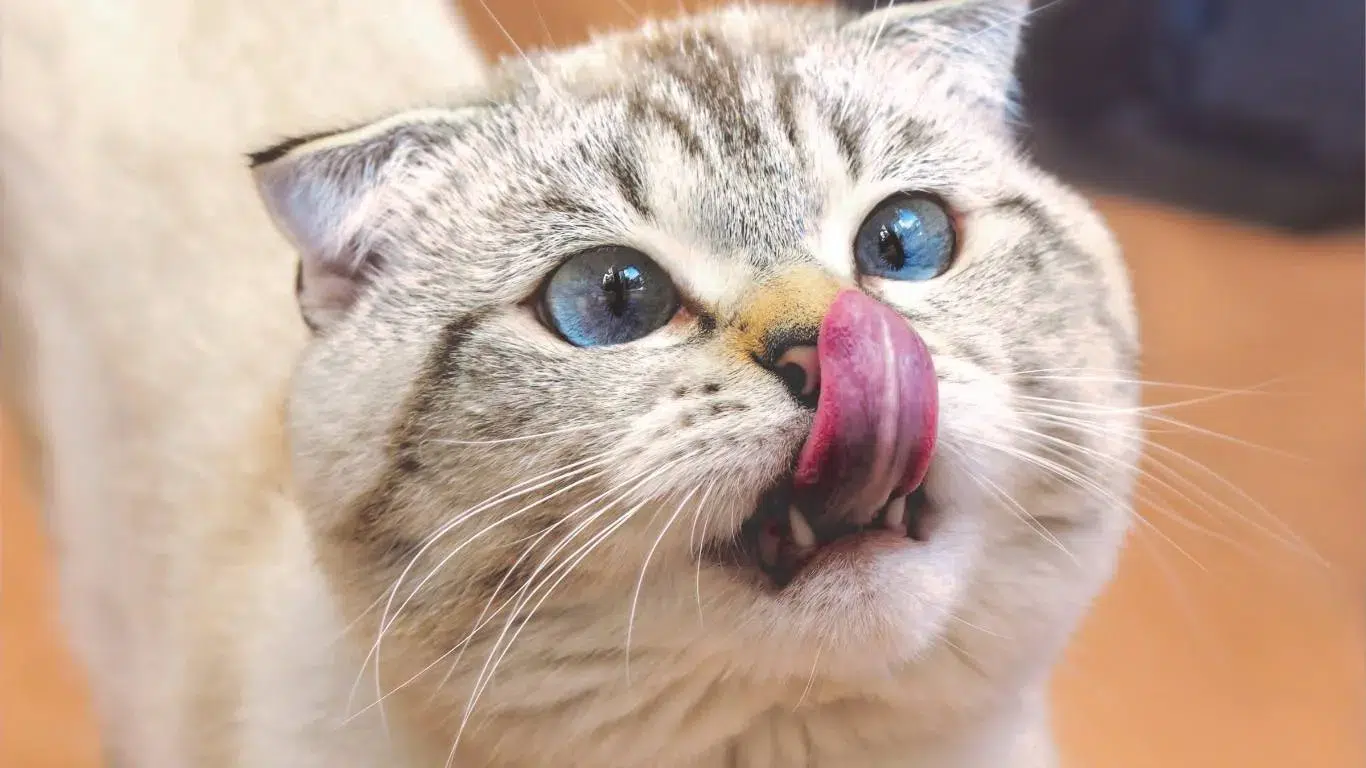
- Watch for changes in behavior or mood, such as excessive scratching, restlessness, or lethargy.
- Monitor their litter box habits for any changes in the frequency or consistency of their waste.
- Keep an eye on their overall health, including their coat condition, energy levels, and appetite.
If you notice any negative effects or have any concerns about your cat’s well-being, it’s always best to consult with a veterinarian for professional advice.
Importance of a Balanced Diet for Cats
While adding greens like lettuce to a cat’s diet can provide some benefits, it’s important to remember that they should not replace a balanced cat diet. Cats have specific nutritional requirements that are best met through a high-quality, balanced cat food. Greens should be considered as supplemental treats rather than a significant portion of the diet.
Cats rely on a variety of nutrients to support their overall health and well-being. These include:
- Protein: Cats require a diet rich in animal-based proteins to meet their specific amino acid needs.
- Taurine: An essential amino acid for cats that is found primarily in animal tissues.
- Fatty Acids: Cats need omega-3 and omega-6 fatty acids for healthy skin, coat, and immune function.
- Vitamins and Minerals: Cats require specific vitamins and minerals like vitamin A, vitamin D, calcium, and phosphorus for optimal health.
- Water: Adequate hydration is crucial for a cat’s overall health and can be obtained through wet cat food and fresh water sources.
A balanced cat diet ensures that all of these nutritional requirements are met. While lettuce and other greens can provide additional nutrients, they should not be relied upon as the sole source of nutrition for a cat.
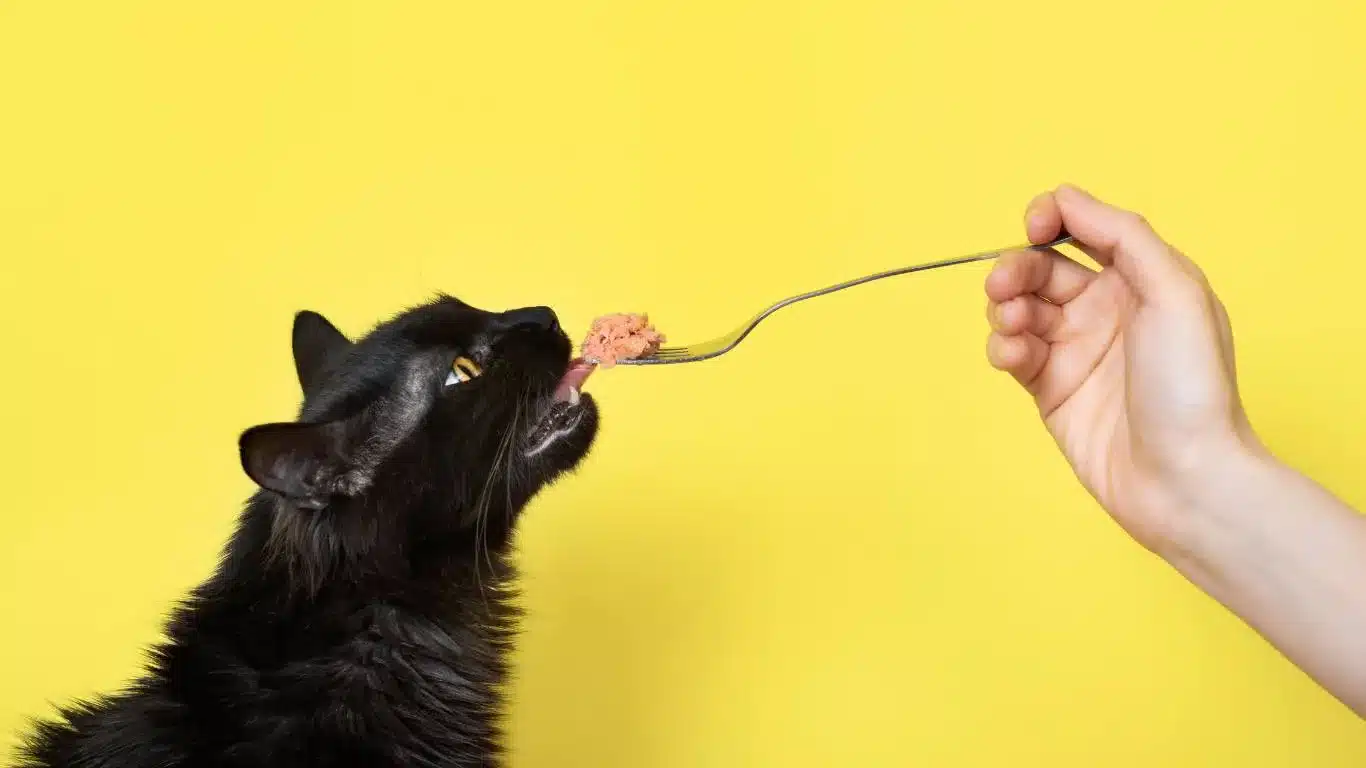
Choosing a High-Quality Cat Food
When selecting a cat food, look for options that are specifically formulated to meet the nutritional needs of cats. These diets are designed to provide the necessary levels of protein, taurine, fatty acids, vitamins, and minerals to support optimal feline health.
It’s important to read the ingredients list and choose a cat food that lists high-quality animal protein sources, such as chicken, beef, or fish, as the first ingredients. Avoid foods that contain excessive fillers, artificial additives, and by-products.
Consulting with a veterinarian can also be helpful in determining the best cat food option for your furry friend’s specific needs.
Join the Pet Planet Diaries
Sign up for our newsletter to get the latest tips, stories, and exclusive insights into the wonderful world of pets.
Final Remarks
In brief, cats can safely enjoy lettuce as a part of their diet, but it should be given in moderation. While lettuce provides small amounts of additional nutrients and can be a hydrating treat for cats, it should not replace a balanced cat diet. Remember, cats are obligate carnivores and primarily require animal sources of protein and essential nutrients.
When considering adding lettuce or other greens to your cat’s diet, it’s important to consider their individual needs and consult with a veterinarian. They can provide personalized advice on your cat’s specific dietary requirements and any potential risks or allergies.
While lettuce is generally safe for cats, there are alternatives such as spinach, kale, and wheatgrass that may offer higher levels of essential nutrients. These cat-friendly greens should also be offered in moderation and prepared properly. Monitoring your cat’s response and adjusting their diet accordingly is crucial to ensure their health and well-being.
FAQ
Can cats eat lettuce?
Yes, cats can eat lettuce in moderation. However, it should be prepared properly and given as a treat rather than a staple food.
Is lettuce safe for cats?
Lettuce is generally safe for cats to eat, but there are potential risks to consider such as digestive upset or choking hazards.
What are the benefits of lettuce for cats?
Lettuce is a low-calorie, hydrating vegetable that can provide some additional nutrients to a cat’s diet, including vitamins and minerals.
Are there alternatives to lettuce that are more cat-friendly?
Yes, cat-friendly greens such as spinach, kale, and wheatgrass provide higher levels of essential nutrients and are more suitable for feline consumption.
How should I introduce greens to my cat’s diet?
Greens should be introduced gradually and in small quantities. Monitor your cat’s response and adjust accordingly to their taste and tolerance.
Are there any potential risks of feeding lettuce or other greens to cats?
Cats may have allergies or sensitivities to certain greens, leading to digestive issues or other adverse reactions. Monitor your cat’s response and consult with a veterinarian if there are any concerns.
Can greens replace a balanced cat diet?
No, greens should be considered as supplemental treats rather than a significant portion of a cat’s diet. Cats have specific nutritional requirements that are best met through a high-quality, balanced cat food.

